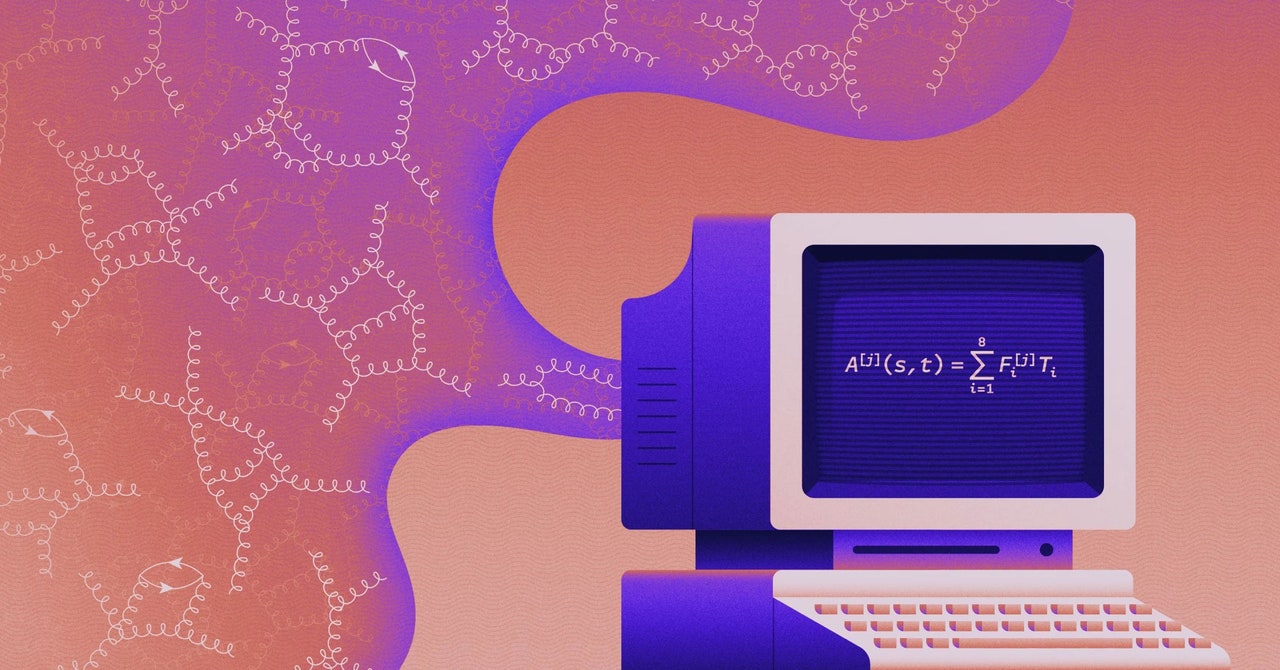A Crucial Particle Physics Computer Program Risks Obsolescence
Recently, I watched a fellow particle physicist talk about a calculation he had pushed to a new height of precision. His tool? A 1980s-era computer program called FORM.
Particle physicists use some of the longest equations in all of science. To look for signs of new elementary particles in collisions at the Large Hadron Collider, for example, they draw thousands of pictures called Feynman diagrams that depict possible collision outcomes, each one encoding a complicated formula that can be millions of terms long. Summing formulas like these with pen and paper is impossible; even adding them with computers is a challenge. The algebra rules we learn in school are fast enough for homework, but for particle physics they are woefully inefficient.
Programs called computer algebra systems strive to handle these tasks. And if you want to solve the biggest equations in the world, for 33 years one program has stood out: FORM.
Developed by the Dutch particle physicist Jos Vermaseren, FORM is a key part of the infrastructure of particle physics, necessary for the hardest calculations. However, as with surprisingly many essential pieces of digital infrastructure, FORM’s maintenance rests largely on one person: Vermaseren himself. And at 73, he has begun to step back from FORM development. Due to the incentive structure of academia, which prizes published papers, not software tools, no successor has emerged. If the situation does not change, particle physics may be forced to slow down dramatically.
FORM got its start in the mid-1980s, when the role of computers was changing rapidly. Its predecessor, a program called Schoonschip, created by Martinus Veltman, was released as a specialized chip that you plugged into the side of an Atari computer. Vermaseren wanted to make a more accessible program that could be downloaded by universities around the world. He began to program it in the computer language FORTRAN, which stands for Formula Translation. The name FORM was a riff on that. (He later switched to a programming language called C.) Vermaseren released his software in 1989. By the early ’90s, over 200 institutions around the world had downloaded it, and the number kept climbing.
Since 2000, a…


